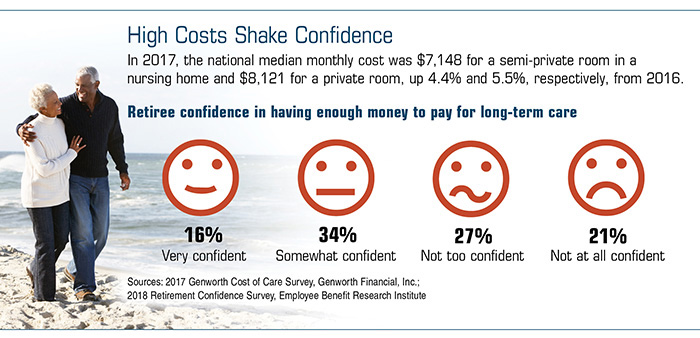A Biased View of Pacific Prime
A Biased View of Pacific Prime
Blog Article
What Does Pacific Prime Mean?
Table of ContentsPacific Prime Fundamentals Explained5 Simple Techniques For Pacific PrimeSome Of Pacific PrimeOur Pacific Prime IdeasSee This Report on Pacific Prime

This is due to the fact that the data were accumulated for a period of strong economic efficiency. Of the approximated 42 million people who were without insurance, all yet about 420,000 (regarding 1 percent) were under 65 years old, the age at which most Americans come to be eligible for Medicare; 32 million were adults in between ages 18 and 65, around 19 percent of all adults in this age group; and 10 million were youngsters under 18 years of age, regarding 13.9 percent of all youngsters (Mills, 2000).
These quotes of the variety of individuals uninsured are created from the yearly March Supplement to the Existing Population Survey (CPS), conducted by the Census Bureau. Unless otherwise kept in mind, nationwide price quotes of individuals without medical insurance and percentages of the populace with different kinds of protection are based upon the CPS, one of the most extensively used resource of quotes of insurance coverage and uninsurance rates.
The Buzz on Pacific Prime

Still, the CPS is specifically beneficial since it produces yearly quotes fairly rapidly, reporting the previous year's insurance protection estimates each September, and because it is the basis for a consistent collection of quotes for more than two decades, permitting analysis of trends in insurance coverage with time. For these factors, in addition to the comprehensive usage of the CPS in other studies of insurance policy coverage that exist in this report, we rely upon CPS quotes, with constraints kept in mind.

The price quote of the number of without insurance people broadens when a populace's insurance standing is tracked for a number of years. Over a three-year period starting early in 1993, 72 million individuals, 29 percent of the united state population, were without protection for a minimum of one month. Within a solitary year (1994 ), 53 million people experienced at the very least a month without coverage (Bennefield, 1998a)
Six out of every ten uninsured adults are themselves employed. Functioning does improve the possibility that one and one's family members will certainly have insurance, it is not a warranty. Even participants of families with 2 full-time wage income earners have almost a one-in-ten possibility of being uninsured (9.1 percent uninsured price) (Hoffman and Pohl, 2000).
The 3-Minute Rule for Pacific Prime
New immigrants make up a considerable percentage of individuals without health insurance coverage. One evaluation has connected a significant portion of the recent growth in the size of the U.S. without insurance populace to immigrants that got here in the nation in between 1994 and 1998 (Camarota and Edwards, 2000). Recent immigrants (those who concerned the United States within the past four years) do have a high rate of being without insurance (46 percent), yet they and their children represent simply 6 percent of those without insurance policy across the country (Holahan et al., 2001).
The relationship between medical insurance and access to care is well developed, as recorded later on in this phase. Although the partnership in between medical insurance and health and wellness results is neither direct nor basic, a comprehensive scientific and health and wellness services research study literature links health and wellness insurance policy protection to better accessibility to care, far better quality, and improved individual and next page populace health and wellness status.
Levels of analysis for analyzing the results of uninsurance. It focuses particularly on those without any kind of health insurance coverage for any kind of length of time.
Getting My Pacific Prime To Work
The problems encountered by the underinsured are in some aspects comparable to those encountered by the uninsured, although they are generally much less extreme. Health and wellness insurance, nevertheless, is neither needed nor adequate to get access to medical services. The independent and direct impact of health and wellness insurance coverage on access to health and wellness solutions is well established.
Others will certainly obtain the wellness care they require also without medical insurance, by spending for it out of pocket or seeking it from service providers that provide treatment totally free or at very subsidized rates. For still others, medical insurance alone does not make sure invoice of care due to the fact that of other nonfinancial obstacles, such as a lack of healthcare carriers in their area, limited accessibility to transport, illiteracy, or linguistic and cultural differences.
The Best Guide To Pacific Prime
Official research study concerning without insurance populaces in the USA dates to the late 1920s and very early 1930s when the Board on the Price of Treatment generated a collection of records about financing physician office brows through and hospitalizations. This problem ended up being significant as the varieties of medically indigent climbed during the Great Depression.
Report this page